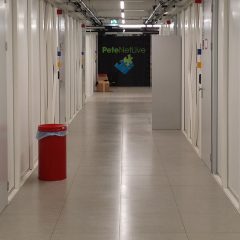Manually Update Windows Trusted Root Certificates
Manually Update Windows Trusted Root Certificates KB ID 0001831 Problem These days your trusted root certificates are simply updated with Windows Update, but what if your servers have no internet access? In this example I will manually update the root certs by downloading them on a machine WITH internet access then importing on another machine that has not. Bear in mind: If none of your machines have internet access they cannot check...
Cisco FTD (and ASA) Creating AnyConnect Profiles
KB ID 0001685 Problem A few days ago I did an article on Deploying Cisco AnyConnect with the Cisco FTD, there I glossed over the AnyConnect profile section. For a long time now, we have been able to edit the AnyConnect profile from within the firewall (if we are running ASA code!) But for the FTD we need to take a step backwards and go back to using the ‘offline’ AnyConnect profile editor. Solution Firstly you need to...
CA ARCserve Error W3831
KB ID 0000404 Problem Seen on CA Arcserve 11.1 Backup fails with the following error: W3831 Unable to find any media that can be used in this job. Backup Operation Failed. Solution There’s probably a few reasons for this error, in my case the fix was alarmingly simple. 1. Select Devices and locate your tape drive. (notice mine says <Offline>). 2. Simply right click the drive and bring it back “Online”. ...



